-
 bitcoin
bitcoin $122025.899241 USD
-2.12% -
 ethereum
ethereum $4488.068729 USD
-4.11% -
 bnb
bnb $1315.348019 USD
8.65% -
 tether
tether $1.000457 USD
0.03% -
 xrp
xrp $2.875326 USD
-3.69% -
 solana
solana $222.043604 USD
-4.07% -
 usd-coin
usd-coin $0.999682 USD
0.00% -
 dogecoin
dogecoin $0.249887 USD
-5.62% -
 tron
tron $0.337379 USD
-2.59% -
 cardano
cardano $0.827763 USD
-5.06% -
 hyperliquid
hyperliquid $45.774531 USD
-2.43% -
 chainlink
chainlink $22.079309 USD
-5.87% -
 ethena-usde
ethena-usde $1.000156 USD
0.02% -
 sui
sui $3.482566 USD
-3.57% -
 stellar
stellar $0.386982 USD
-4.92%
How much is the BitMEX contract fee
Traders can minimize BitMEX contract fees by placing limit orders to become makers, increasing trading volume, and monitoring market conditions.
Nov 08, 2024 at 07:15 am
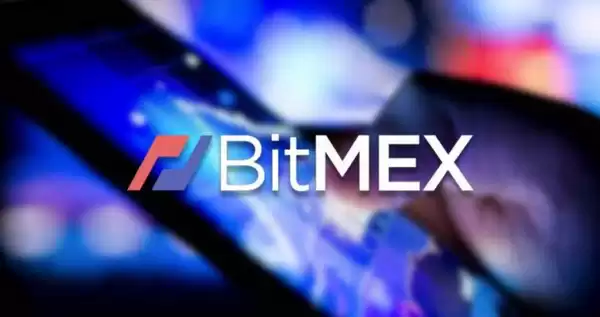
BitMEX, a renowned cryptocurrency derivatives exchange, offers a diverse range of contract trading options with varying fee structures. Grasping the nuances of these fees is crucial for effective trading decisions. This article delves deep into the intricacies of BitMEX contract fees, providing a comprehensive guide to their calculation and implications.
1. Identifying the Core Components of BitMEX Contract FeesBitMEX contract fees consist of two primary components: a maker fee and a taker fee.
- Maker Fee: This fee is charged to traders who place limit orders, which add liquidity to the order book without executing trades immediately. By providing liquidity, makers benefit subsequent traders by facilitating market depth and reducing slippage.
- Taker Fee: Conversely, this fee is levied on traders who place market orders, which execute trades instantly. This fee compensates the exchange for facilitating the immediate execution of trades, as market orders remove liquidity from the order book.
Both maker and taker fees are calculated as a percentage of the contract value. BitMEX offers a tiered fee structure based on the user's 30-day trading volume:
- Tier 1: Applicable to traders with a 30-day trading volume below 500 BTC
- Tier 2: Applicable to traders with a 30-day trading volume between 500 and 5,000 BTC
- Tier 3: Applicable to traders with a 30-day trading volume between 5,000 BTC and 25,000 BTC
- Tier 4: Applicable to traders with a 30-day trading volume above 25,000 BTC
The fee tiers and corresponding maker and taker fees are presented in the table below:
| Tier | Maker Fee | Taker Fee |
|---|---|---|
| Tier 1 | -0.025% | 0.075% |
| Tier 2 | 0.0% | 0.05% |
| Tier 3 | -0.025% | 0.025% |
| Tier 4 | -0.05% | 0% |
To illustrate the calculation of BitMEX contract fees, consider the following examples:
- Maker Fee Example: A trader places a limit order to sell 1 BTC worth of the XBTUSD contract with a current price of $10,000. The 30-day trading volume of the trader falls under Tier 1. The maker fee in this scenario would be $0.025 x 1 BTC x $10,000 = -$2.5.
- Taker Fee Example: A trader places a market order to buy 1 BTC worth of the XBTUSD contract with a current price of $10,000. The 30-day trading volume of the trader falls under Tier 2. The taker fee in this scenario would be $0.05 x 1 BTC x $10,000 = -$5.
Beyond maker and taker fees, BitMEX may impose additional fees in certain circumstances. These include:
- Insurance Premium: Insurance premiums are charged on futures contracts to fund the insurance mechanism that covers extreme market movements. The premium varies depending on the contract and market conditions.
- Withdrawal Fees: BitMEX charges a small withdrawal fee for cryptocurrency withdrawals. The fee varies depending on the specific cryptocurrency being withdrawn.
Traders can adopt various strategies to reduce BitMEX contract fees:
- Aim for Maker Fee Status: Traders can aim to become makers by placing limit orders instead of market orders. This strategy adds liquidity to the order book and potentially earns maker rebates.
- Maintain a High Trading Volume: Traders can increase their trading volume to qualify for higher fee tiers with lower taker fees.
- Consider Large Orders: Placing larger orders can result in lower fees on a per-contract basis.
- Monitor Market Conditions: Traders should monitor market conditions to identify potential opportunities to place limit orders and avoid unnecessary taker fees.
Understanding the intricacies of BitMEX contract fees is fundamental for effective trading on the platform. By comprehending the maker and taker fee structures, traders can optimize their trading strategies to minimize fees and maximize profitability.
Disclaimer:info@kdj.com
The information provided is not trading advice. kdj.com does not assume any responsibility for any investments made based on the information provided in this article. Cryptocurrencies are highly volatile and it is highly recommended that you invest with caution after thorough research!
If you believe that the content used on this website infringes your copyright, please contact us immediately (info@kdj.com) and we will delete it promptly.
- BlockDAG, DOGE, HYPE Sponsorship: Crypto Trends Shaping 2025
- 2025-10-01 00:25:13
- Deutsche Börse and Circle: A StableCoin Adoption Powerhouse in Europe
- 2025-10-01 00:25:13
- BlockDAG's Presale Buzz: Is It the Crypto to Watch in October 2025?
- 2025-10-01 00:30:13
- Bitcoin, Crypto, and IQ: When Genius Meets Digital Gold?
- 2025-10-01 00:30:13
- Stablecoins, American Innovation, and Wallet Tokens: The Next Frontier
- 2025-10-01 00:35:12
- NBU, Coins, and Crypto in Ukraine: A New Yorker's Take
- 2025-10-01 00:45:14
Related knowledge
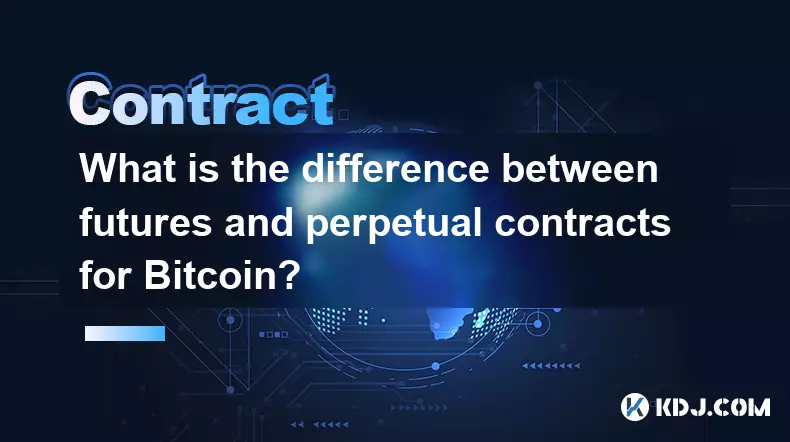
What is the difference between futures and perpetual contracts for Bitcoin?
Oct 02,2025 at 11:54pm
Understanding Bitcoin Futures Contracts1. Bitcoin futures are derivative instruments that allow traders to speculate on the future price of Bitcoin at...
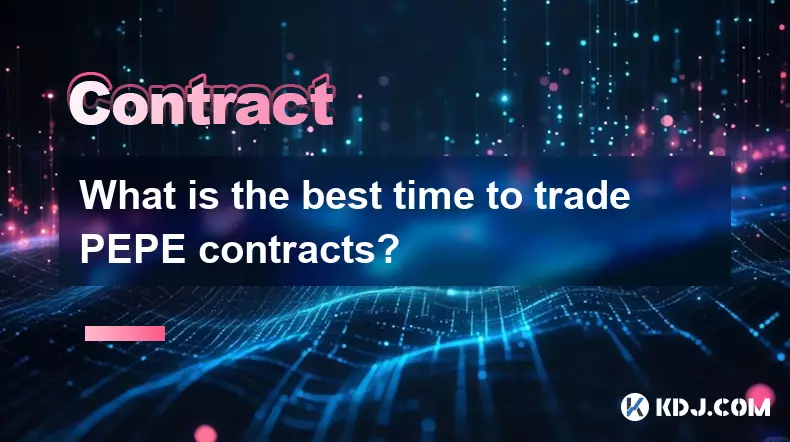
What is the best time to trade PEPE contracts?
Oct 03,2025 at 11:54am
Understanding PEPE Contract Volatility1. PEPE contracts exhibit extreme price fluctuations due to their meme-based nature and low market cap. Trading ...
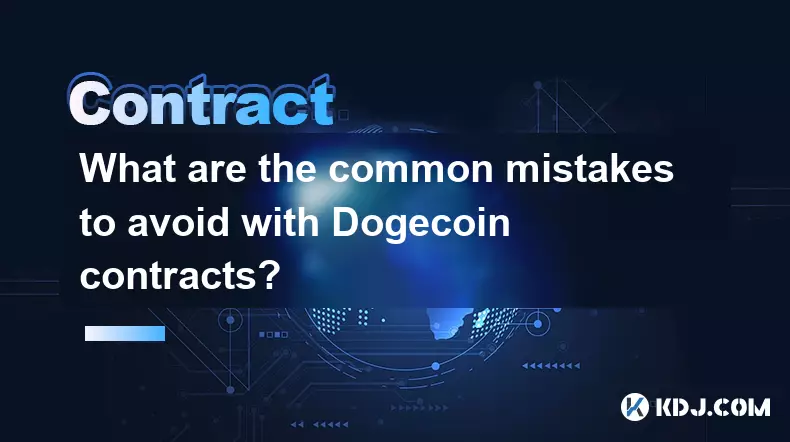
What are the common mistakes to avoid with Bitcoincoin contracts?
Oct 03,2025 at 08:54am
Emerging Trends in the Cryptocurrency Market1. Decentralized finance (DeFi) platforms continue to expand their influence across the blockchain ecosyst...

What is the maintenance margin for Bitcoin contracts?
Oct 02,2025 at 01:36am
Decentralized Exchanges Gain Momentum in 20241. Decentralized exchanges (DEXs) have seen a significant rise in trading volume, surpassing centralized ...
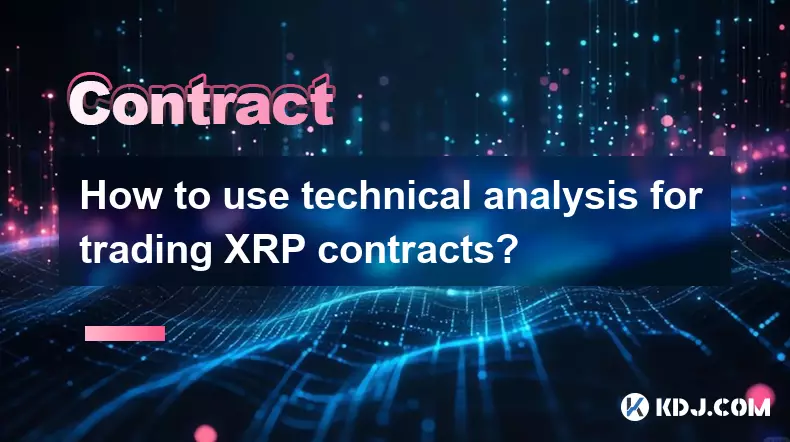
How to use technical analysis for trading XRP contracts?
Oct 03,2025 at 01:18pm
Understanding Price Patterns in XRP Futures1. Identifying chart patterns such as triangles, head and shoulders, and double tops or bottoms can provide...

What does "longing" PEPE contracts mean?
Oct 03,2025 at 11:54pm
Understanding Decentralized Exchanges in the Crypto Ecosystem1. Decentralized exchanges (DEXs) operate without a central authority, allowing users to ...

What is the difference between futures and perpetual contracts for Bitcoin?
Oct 02,2025 at 11:54pm
Understanding Bitcoin Futures Contracts1. Bitcoin futures are derivative instruments that allow traders to speculate on the future price of Bitcoin at...

What is the best time to trade PEPE contracts?
Oct 03,2025 at 11:54am
Understanding PEPE Contract Volatility1. PEPE contracts exhibit extreme price fluctuations due to their meme-based nature and low market cap. Trading ...

What are the common mistakes to avoid with Bitcoincoin contracts?
Oct 03,2025 at 08:54am
Emerging Trends in the Cryptocurrency Market1. Decentralized finance (DeFi) platforms continue to expand their influence across the blockchain ecosyst...

What is the maintenance margin for Bitcoin contracts?
Oct 02,2025 at 01:36am
Decentralized Exchanges Gain Momentum in 20241. Decentralized exchanges (DEXs) have seen a significant rise in trading volume, surpassing centralized ...

How to use technical analysis for trading XRP contracts?
Oct 03,2025 at 01:18pm
Understanding Price Patterns in XRP Futures1. Identifying chart patterns such as triangles, head and shoulders, and double tops or bottoms can provide...

What does "longing" PEPE contracts mean?
Oct 03,2025 at 11:54pm
Understanding Decentralized Exchanges in the Crypto Ecosystem1. Decentralized exchanges (DEXs) operate without a central authority, allowing users to ...
See all articles










































































